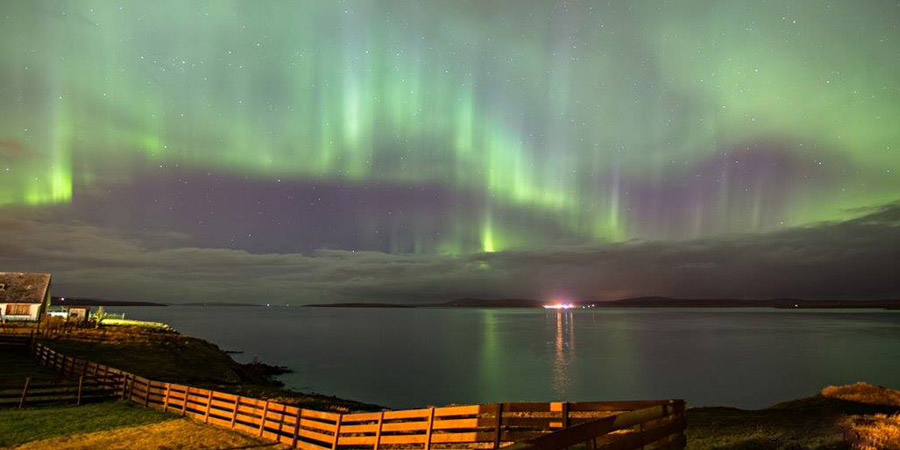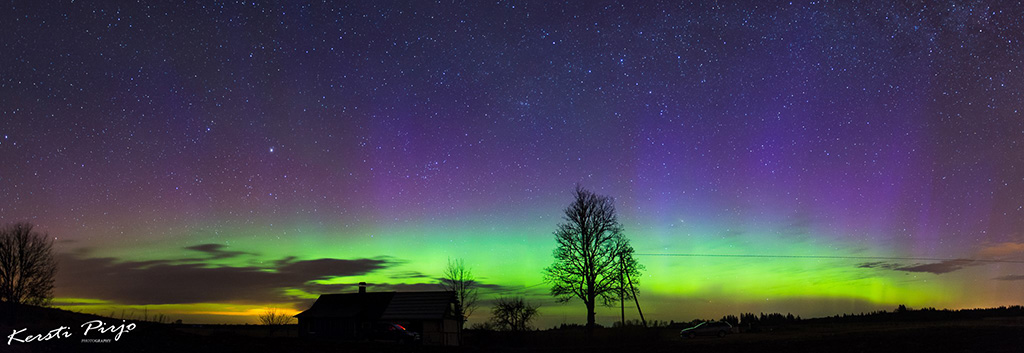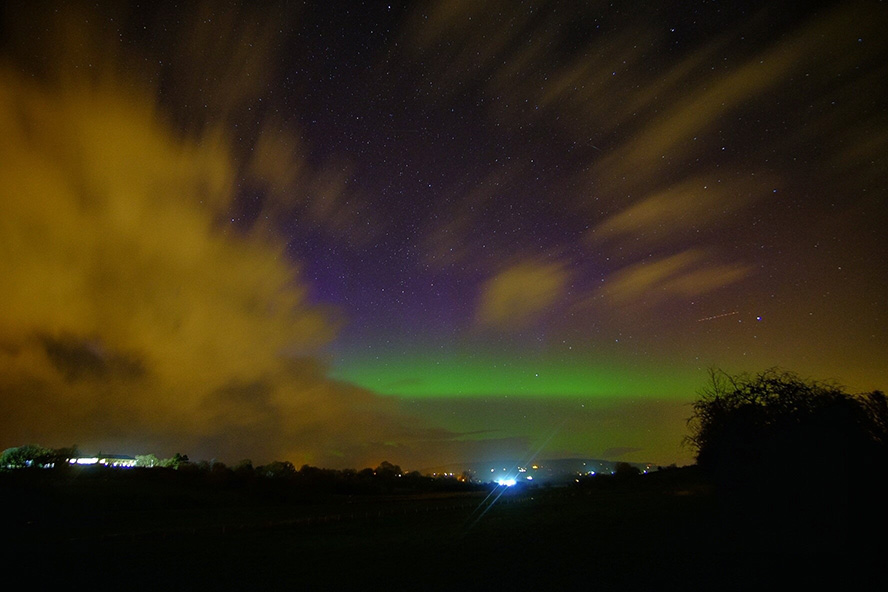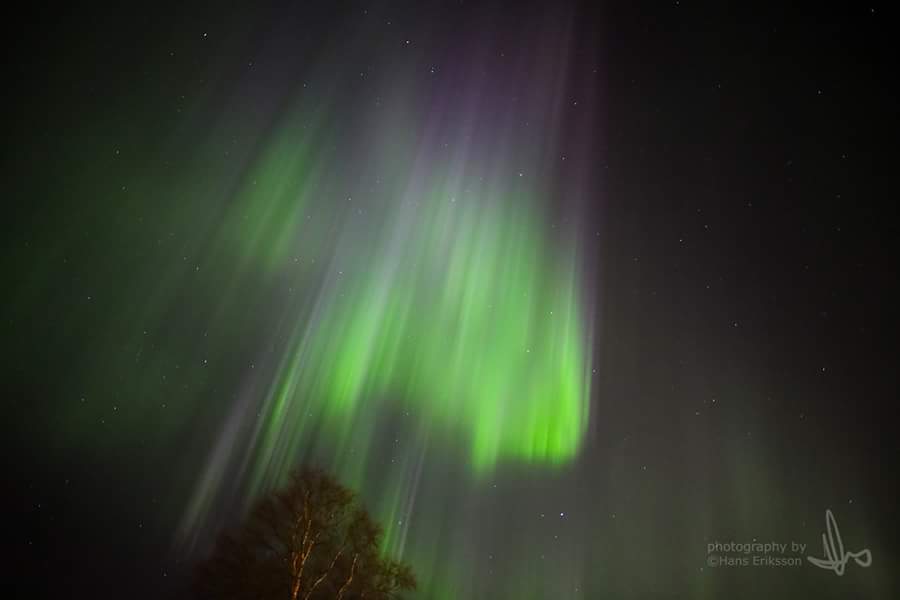Surprise G1 storm, Sunspot region 2529
Friday, 8 April 2016 20:03 UTC

A surprise minor G1 geomagnetic storm took place last night thanks to a prolonged period where the direction of the IMF (Bz) turned southward. Values as low as -12nT were recorded and this caused massive auroral outbreaks at high latitudes. Vidid naked eye auroral displays were seen from locations like Estonia and Scotland. Even sky cams in northern Germany captured some faint red aurora in the distance.
Geomagnetic conditions calmed down considerably today as the direction of the IMF (Bz) has been in a mostly northward orientation. Below we have some images for you which were captured last night:
Header image: Kareen_B_H from the Shetland Islands, Scotland.
Kersti Pirjo, Estonia:

Wendy Sutherland, Caithness Scotland:

Alistair Hamill, Northern Ireland:

Hans Eriksson, Sundsvall Sweden:

Sunspot region 2529
Solar activity has been at very low levels the past few weeks and we can very much conclude that our star has passed solar maximum and is now well on her way to solar minimum. The background flux was often in the A-class and even C-class solar flares were rare for a little while.
That changed a few days ago as sunspot region 2529 rotated into Earth's view. Some small C-class solar flares from behind the limb sparked our interest and now that this region has rotated into view it is time to see if she is capable of producing some noteworthy solar flares.
We must admit that while this sunspot region has a very large leading sunspot, it does look like it has been in decay as it is surrounded by faculae. These brighter areas around the remaining sunspots are often a sign that a sunspot region used to be bigger and started to decay. It is still hard to accurately see how complex this sunspot region is due to its proximity near the limb but there does not seem to be any magnetic mixing worth mentioning. This might be a sunspot region that looks more dangerous than it really is and there is no reason to believe right now that this sunspot region has the potential for M-class activity. We will keep an eye on this sunspot region in the days ahead when we get an even better look at its magnetic layout and of course come back with more news if needed.

Image: Sunspot region 2529 as seen by NASA SDO.
Thank you for reading this article! Did you have any trouble with the technical terms used in this article? Our help section is the place to be where you can find in-depth articles, a FAQ and a list with common abbreviations. Still puzzled? Just post on our forum where we will help you the best we can!
Latest news
Latest forum messages
Support SpaceWeatherLive.com!
A lot of people come to SpaceWeatherLive to follow the Sun's activity or if there is aurora to be seen, but with more traffic comes higher server costs. Consider a donation if you enjoy SpaceWeatherLive so we can keep the website online!

Space weather facts
| Last X-flare | 2024/03/28 | X1.1 |
| Last M-flare | 2024/04/27 | M3.0 |
| Last geomagnetic storm | 2024/04/26 | Kp5+ (G1) |
| Spotless days | |
|---|---|
| Last spotless day | 2022/06/08 |
| Monthly mean Sunspot Number | |
|---|---|
| March 2024 | 104.9 -19.8 |
| Last 30 days | 137.7 +30.3 |


